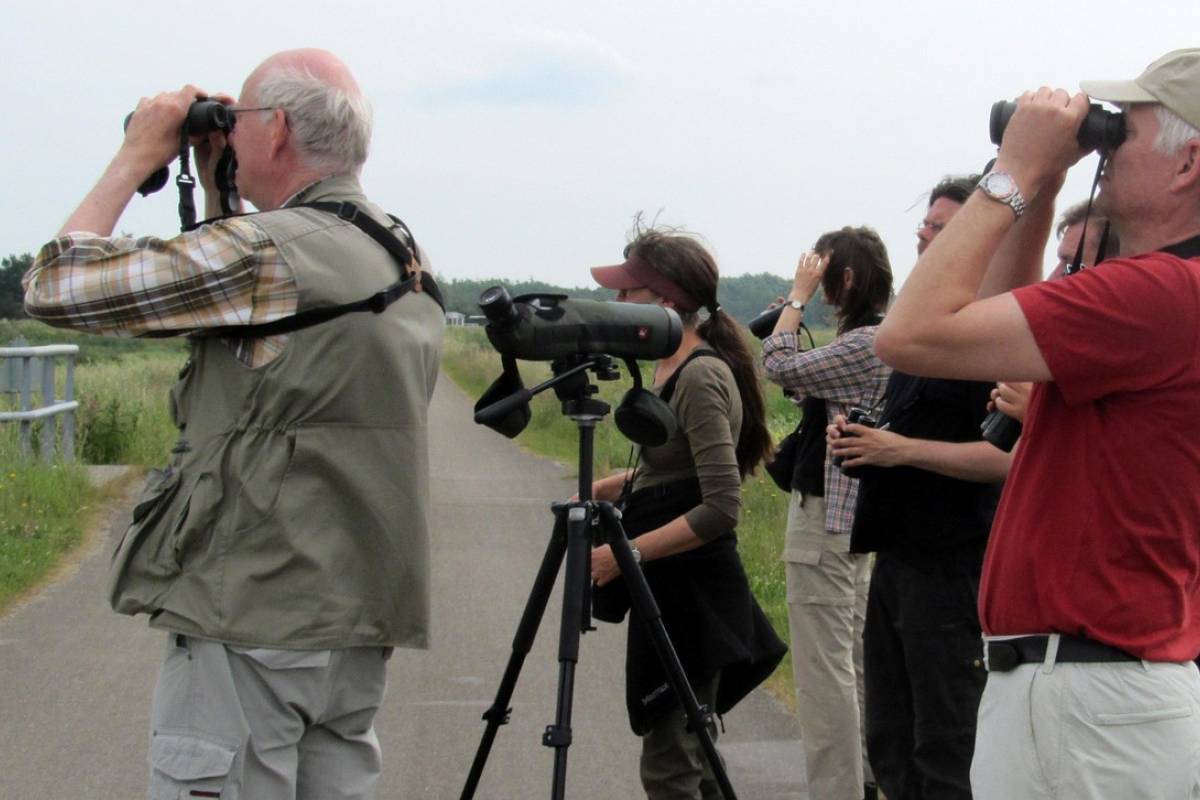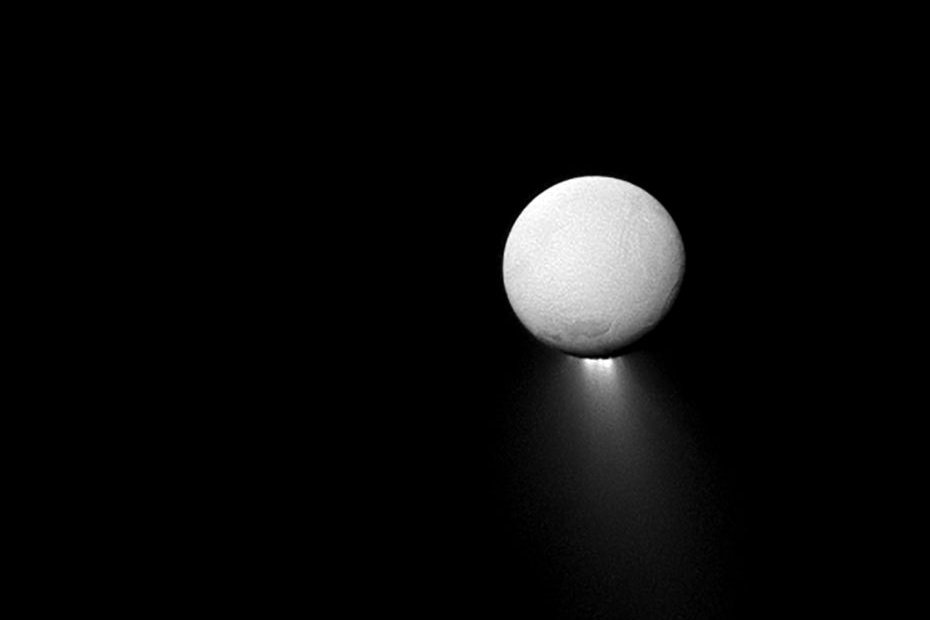Contenders are rolling into theaters fast and furious from Sentimental Value with Stellan Skarsgård and Renate Reinsve, to Russell Crowe as Herman Göring (Nuremberg), Sydney Sweeney as boxing legend Christy Martin (Christy) and Jennifer…
Author: admin
-

New licensing deal highlights the growing trend of media giants embracing AI : NPR
The AI entertainment landscape is starting to shift, with deals springing up between formerly adversarial AI companies and entertainment corporations, especially in the music space.
SCOTT…
Continue Reading
-

‘It represents a new frontier’
Bio-tar and biochar may sound similar, but the first is a toxic byproduct and the second is a next-generation fertilizer.
In a groundbreaking study, a team of researchers developed a way to turn that tar into char, according to Interesting…
Continue Reading
-

Writers Guild Names 2026 Negotiations Leadership
The Writers Guild of America has unveiled the staff and union members who will be leading the group into battle with studios and streamers during its first negotiations since its 2023 strike.
Again leading bargaining for the union will be…
Continue Reading
-

See photos of Kristin Chenoweth, F. Murray Abraham in ‘The Queen of Versailles’ on Broadway
Here’s your first glimpse into the palace! New photos have been released of The Queen of Versailles on Broadway, a new musical starring Tony Award winner Kristin Chenoweth at the St. James Theatre.
Chenoweth plays real-life socialite Jacqueline…
Continue Reading
-
Sabalenka beats Anisimova in pulsating WTA Finals semi – France 24
- Sabalenka beats Anisimova in pulsating WTA Finals semi France 24
- WTA Finals 2025: Aryna Sabalenka to face Elena Rybakina in Riyadh final BBC
- Rybakina topples Pegula to book place in WTA Finals title clash Dawn
- Highlights of semifinal at WTA…
Continue Reading
-

Intranasal Bird Flu Vaccine Candidate Generates Broad Immunity — Vax-Before-Travel
(Vax-Before-Travel News)The spread of H5N1 influenza (bird flu) in animals with spillover into human populations remains a global health risk.
To address this serious issue, various vaccines have been developed.
However, researchers at the…
Continue Reading
-

Ritlecitinib Shows Significant Reduction in Alopecia Areata Psychosocial Burden
While ritlecitinib (Litfulo; Pfizer) has demonstrated significant efficacy in achieving hair regrowth for patients with severe
alopecia areata , new long-term data from the ALLEGRO-2b/3 trial (NCT03732807 ) show that its therapeutic benefit…Continue Reading
-

Study shows evidence of habitable conditions on Saturn moon
Nov. 7 (UPI) — Saturn’s Enceladus moon might be capable of supporting life, according to data collected by NASA’s Cassini mission and compiled in a new study in the Science Advances journal.
The moon is one of the most promising for supporting…
Continue Reading
-

Researchers advance new drug development for fetal alcohol spectrum disorders
Fetal alcohol spectrum disorders (FASD) are among the most common preventable causes of developmental disability, affecting an estimated 2% to 5% of children in the United States and Western Europe.
Fetal alcohol spectrum disorders (FASD) are among the most common preventable causes of developmental disability, affecting an estimated 2% to 5% of children in the United States and Western Europe. Yet despite their prevalence, treatment options remain limited, particularly for the cognitive and behavioral challenges that persist throughout life.
Researchers at Children’s National Hospital are working to change that. Through a new $2 million award from the National Institute on Alcohol Abuse and Alcoholism (NIAAA), investigators are advancing the development of a first-of-its-kind drug designed to improve learning and behavior in individuals with FASD.
Dive deeper
The study at Children’s National is led by site principal investigators Li Wang, PhD, and Anup Srivastava, PhD, in the Center for Neuroscience Research. The overall project is led by Masaaki Torii, PhD, in his role as principal investigator at a partnering start-up company co-founded by other Children’s National investigators, Kazue Hashimoto-Torii, PhD, and Hiroki Morizono, PhD, who contribute to the study in their company roles.
The research builds on discoveries made at Children’s National about how prenatal alcohol exposure disrupts brain development. The team identified a potassium channel called KCNN2, whose overactivity appears to play a key role in the neurobehavioral symptoms seen in FASD. To address this mechanism, the researchers developed FA-1, a small peptide compound that blocks KCNN2 activity. When delivered intranasally in preclinical models, FA-1 improved multiple behavioral outcomes, suggesting a potential path toward a targeted therapy.
The newly funded Phase II Small Business Technology Transfer (STTR) project will take FA-1 further along the translational pipeline. Researchers will optimize its intranasal formulation and evaluate its pharmacology, efficacy and safety in pre-clinical models. These studies will generate the data needed for an investigational new drug (IND) application with the U.S. Food and Drug Administration (FDA), paving the way for early clinical testing.
Why it matters
Fetal alcohol spectrum disorders currently have no FDA-approved medication that targets the root neurobiological causes of the disorder. Most available treatments only manage symptoms such as attention deficit or anxiety. If successful, FA-1 could become the first drug to directly improve the cognitive and behavioral functions affected by prenatal alcohol exposure.
“This project is an important step toward bringing a true, biology-based treatment for FASD to the children and families who need it,” said Drs. Wang and Srivastava. “The NIH’s support, combined with our partnership with the start-up, allows us to translate our discoveries at Children’s National into a therapy that we hope will make a meaningful difference in patients’ lives.”
Continue Reading
